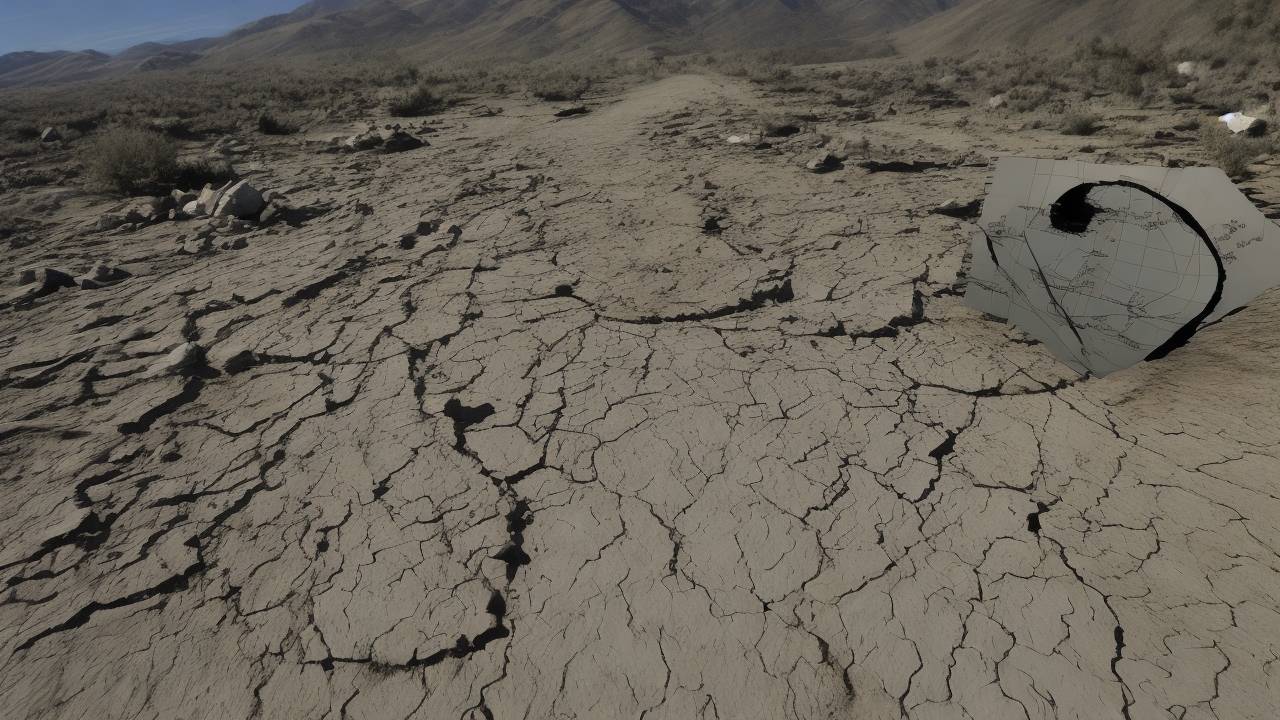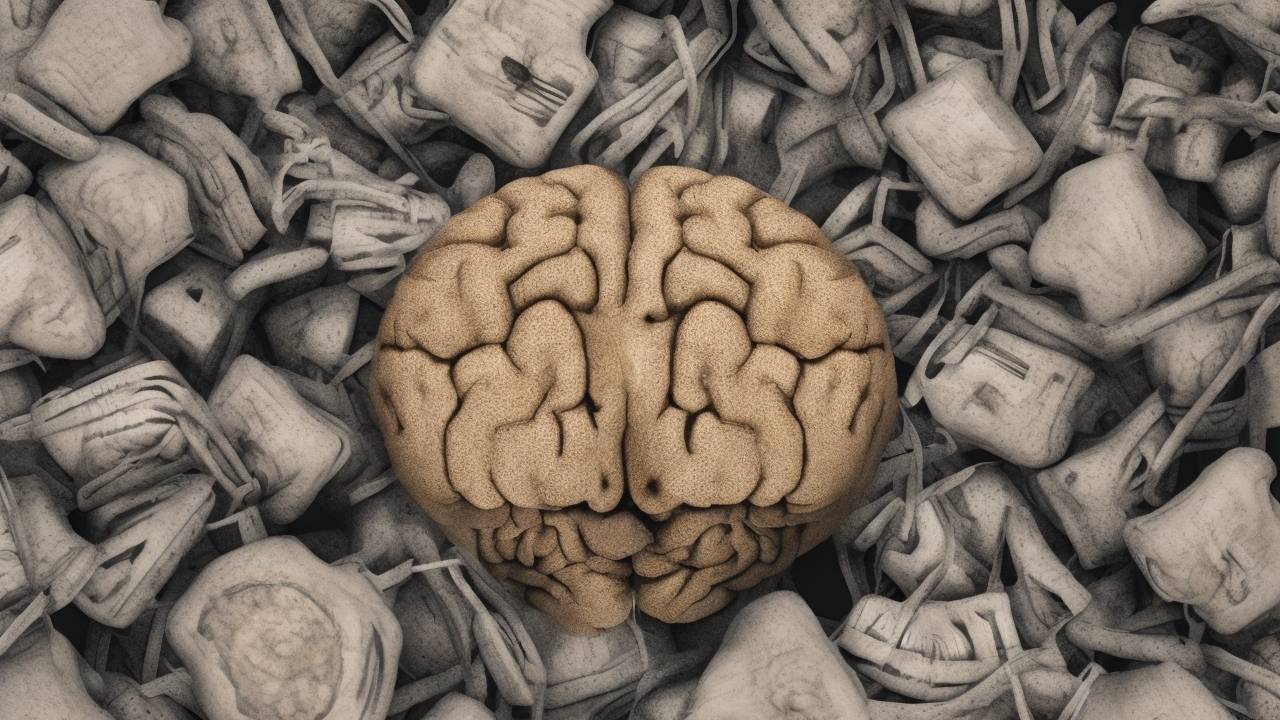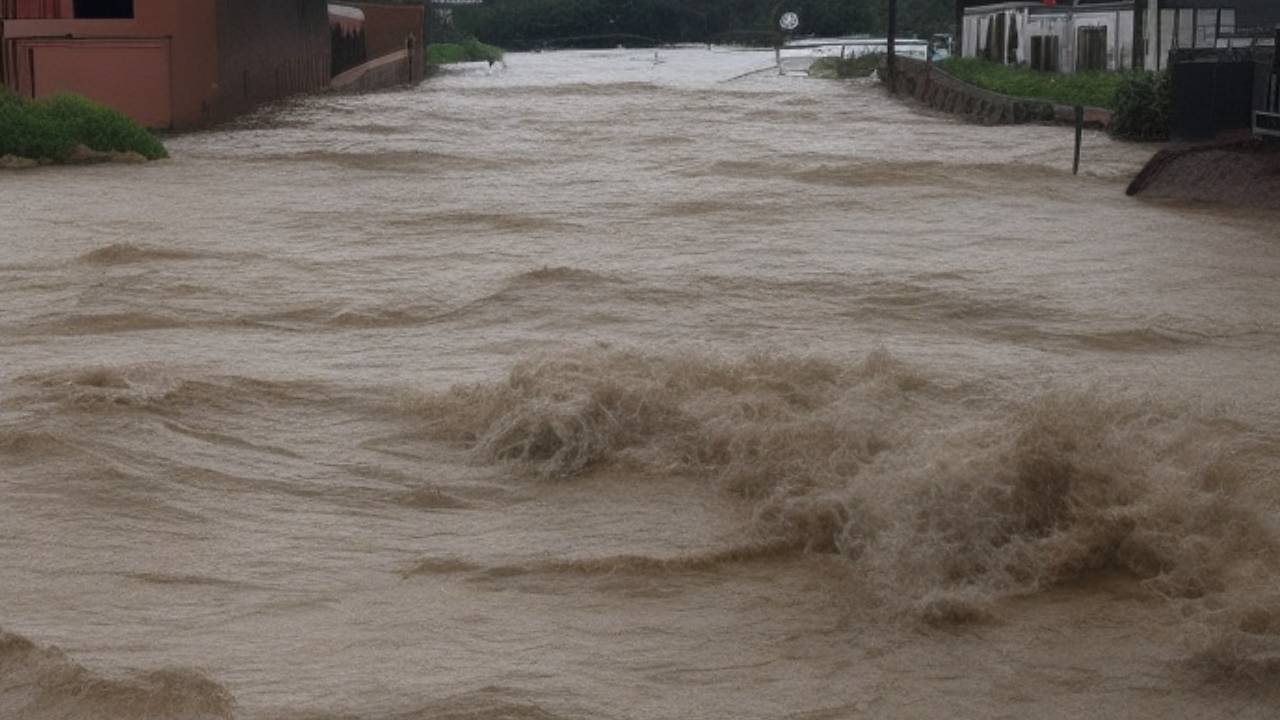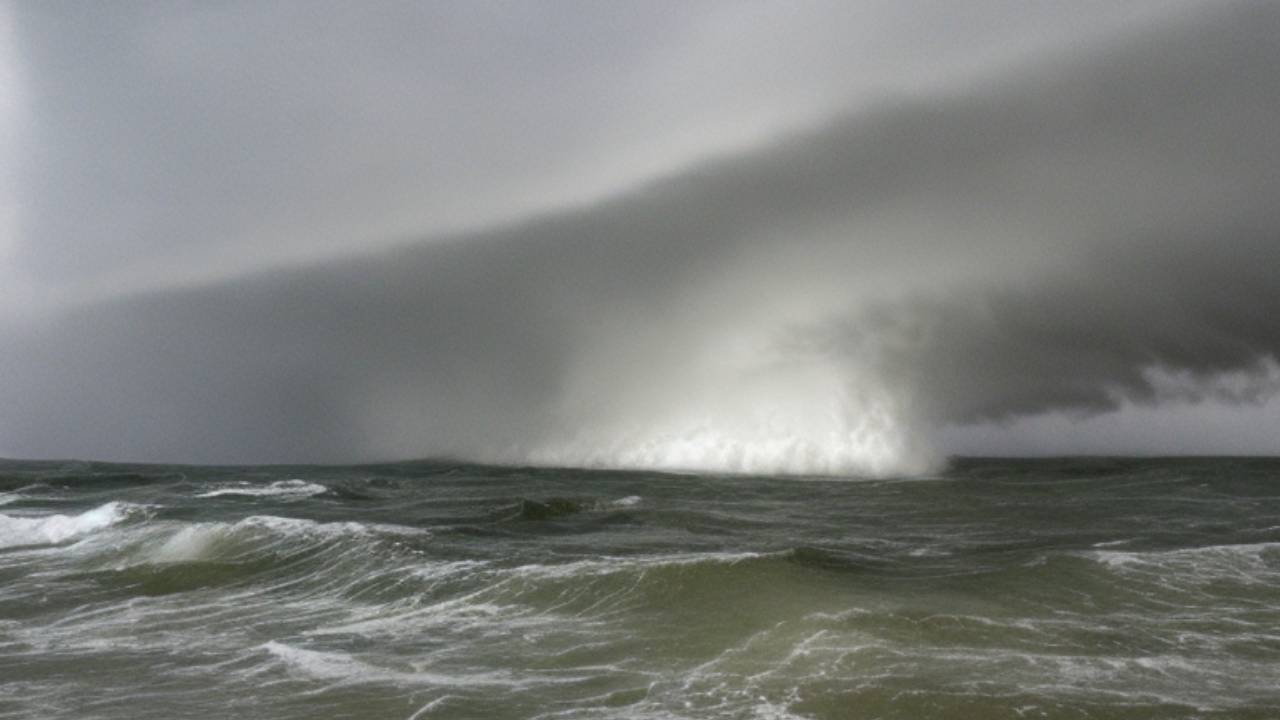Monsoon Flooding in Rakhine Exacerbates Suffering of Cyclone Mocha Victims
The impoverished Rakhine State in Myanmar is facing a worsening flood situation, further compounding the plight of Cyclone Mocha victims, some of whom are still in desperate need of humanitarian aid. The Flooding Crisis As heavy monsoon rains continue to fall, all main rivers in Rakhine State are flowing above danger levels, with particular concern over the Kalandan and Laymyo rivers. The flood situation has worsened in the townships of Mrauk-U, Minbya, and Kyauktaw, leading to the evacuation of thousands of residents. A total of 1,140 people, including 730 women, were shifted from the lower areas of the Kaladan River, as reported by the Rakhine State Administration Council (RSAC) on Tuesday. Over 1,000 people from Minbya Township were evacuated after 20 villages were inundated. Table: Key Details of the Flooding Aspect Information Rivers Above Danger Kalandan and Laymyo rivers Townships Affected Mrauk-U, Minbya, Kyauktaw Evacuations 1,140 people from Kaladan River area Fatalities A mother and her baby drowned in Minbya Impact on Cyclone Mocha Victims The current flooding has further aggravated the situation for Cyclone Mocha victims, who were already struggling with the aftermath of the cyclone that struck on May 14. Aid organizations had expressed concern that humanitarian aid, including shelter materials, should have been sent to the victims ahead of the monsoon season. However, Myanmar junta red tape reportedly slowed or blocked aid delivery in several areas in Rakhine. NGOs have warned that people in internally displaced people’s (IDP) camps in Rakhine State are facing problems with shelter due to cyclone damage and do not have much food. The current flooding has worsened the conditions in which NGOs have to operate. List: Challenges Faced by Cyclone Mocha Victims Ongoing Concerns The situation is dire, with serious flooding reported in various areas of Rakhine over the last two weeks. Transportation has been affected, with cars having difficulty traveling the Sittwe-Yangon Highway in Mrauk-U due to flooding, and the suspension of domestic boat service on certain routes. As of August 11, there is no update on whether the Myanmar junta and local authorities have approved international and local humanitarian aid, though some aid has been getting through. Conclusion The monsoon flooding in Rakhine State has not only brought immediate devastation but has also worsened the ongoing suffering of Cyclone Mocha victims. The situation calls for urgent attention and coordinated efforts from the government and international community to provide necessary aid and support.








